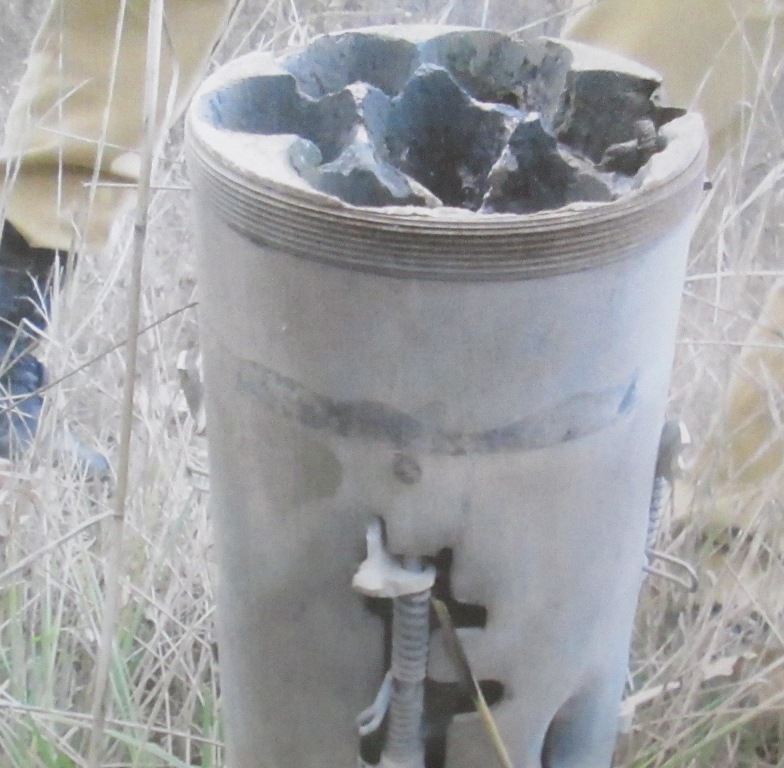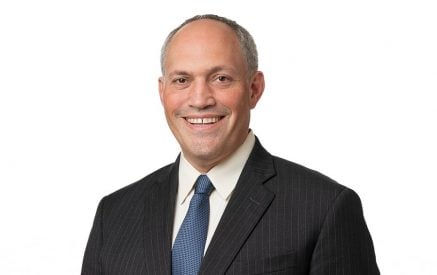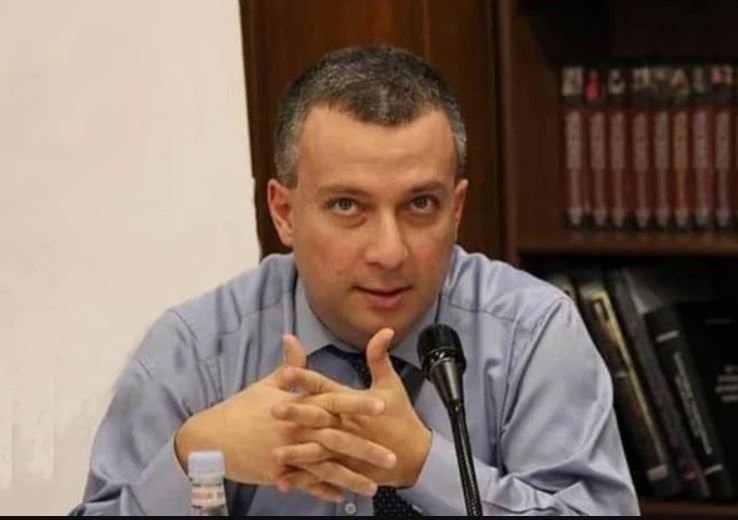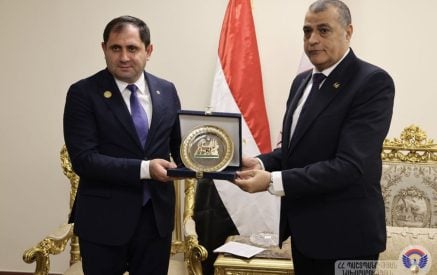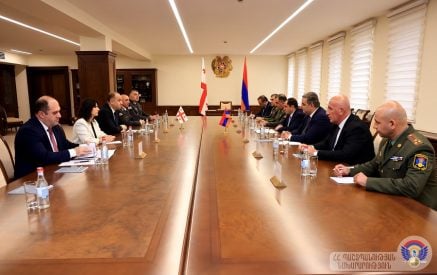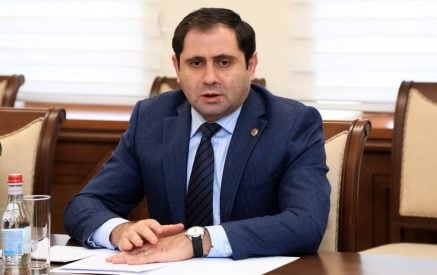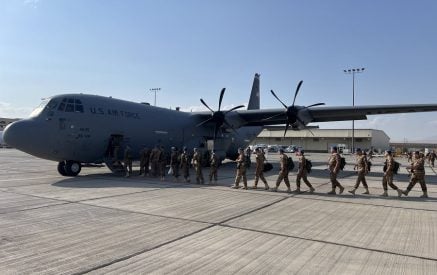The Swiss Foundation for Mine Action (FSD), supported by the Armenian Center for Humanitarian Demining and Expertise, is implementing a non-technical research program to collect and clarify information on mined and dangerous lands in the region. Such work is intended to be done in 5 regions that have dangerous lands, and the work started in Syunik, since it is the most dangerous place and a region mined the most.
After the Karabakh conflict, according to the program coordinators, the most mined part in the region has been the district of Kapan, and given the priorities of the work, the team started its work in the district of Kapan on November 1. The teams have already examined the communities of Kaghnut, Davit-Bek, Srashen, Sharnukh, Yeghvard, Agarak, Chakaten, Hand, Uzhanis and the woods around a historic site Berdik, during which 31 confirmed dangerous territories have been spotted. According to the head of the team, Henrik Abajyan, during the examination, mines, unexploded ammunition and explosive remains have been detected.
“We want to create a database not only for the government, but also for the communities, in order that they also know about the dangerous zones. Besides, we want to explain to the international community the necessity of such work, in order to get necessary financing to start clearing and neutralizing. It is also very important to have a database of those who have suffered from mines and unexploded ammunition,” Johannes Odendahl, the manager of the Armenian office of the FSD, stated during a briefing in Orhus Center of Kapan.
Read also
Those present at the meeting talked about the importance of the work, stating that it would contribute to avoiding accidents that involve residents of communities, and after the clearing, it would be possible to cultivate arable land again. The participants offered to involve locals, who knew the area and dangerous places better, in the research program and to pay them a salary in return. It was also stated that the residents who suffered from the mines were in need of social support, and it would be better, if in the future, measures were taken in that regard too.
The work in the district of Kapan will have ended by January, and as of next January similar research will be carried out in the district of Meghri, after which in the districts of Goris and Sisian. The further step will be to find donor organizations, which could finance neutralizing, clearing mined territories and returning them to farmers.
Meri SOGHOMONYAN




















































